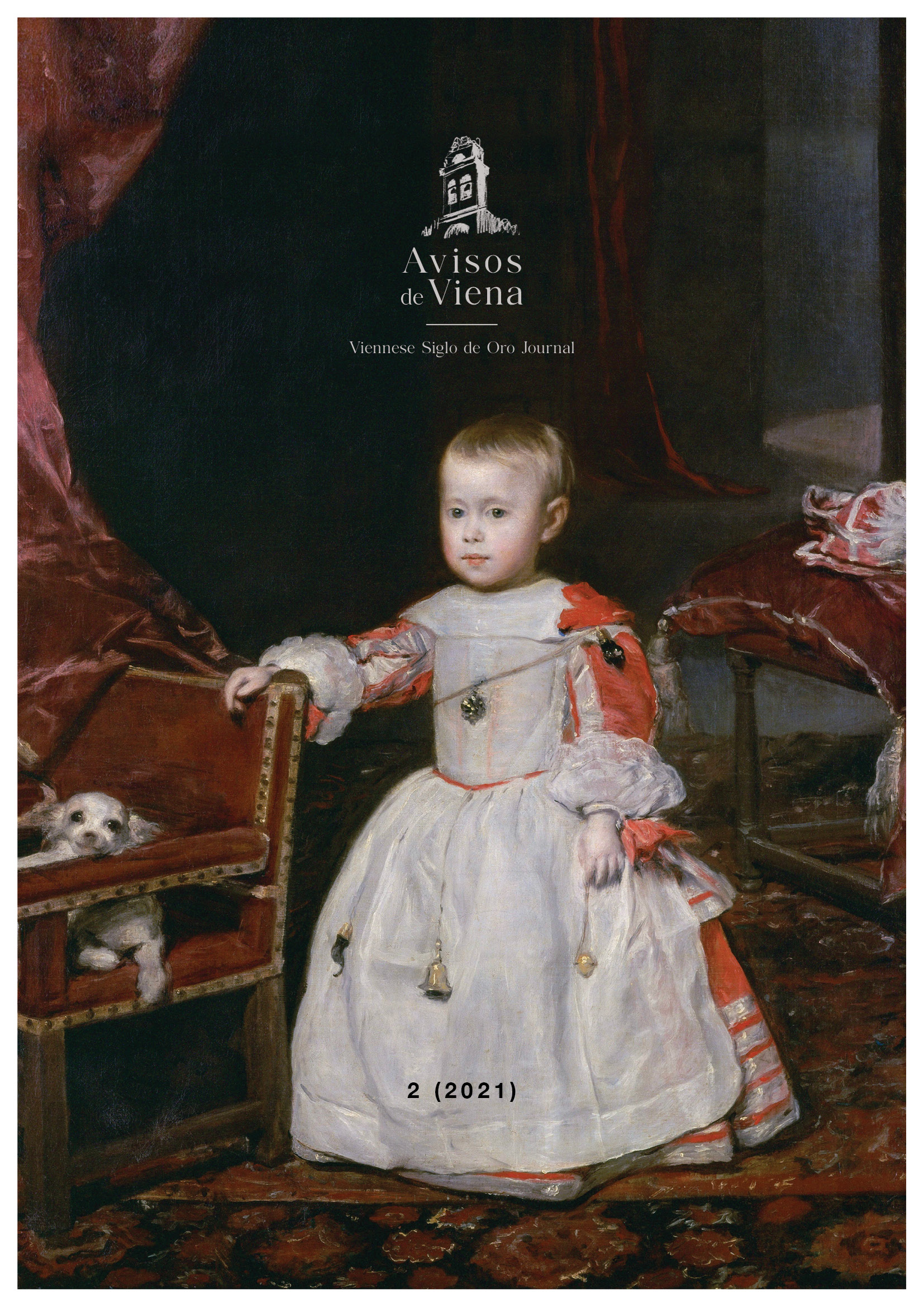From dusk to dawn, the unusual donanma for the birth of the sultan’s daughter in 1761
DOI:
https://doi.org/10.25365/adv.2021.2.6181Keywords:
Ottoman Empire, Imperial births, Public celebrations, Pietro Cingria, Mustafa IIIAbstract
The birth of children within ruling dynasties held great significance, symbolizing the continuity of power and lineage. This was especially true in the Ottoman Empire, where such events were occasions of extensive public celebration known as "donanma." Through reports by Pietro Cingria, a Ragusan diplomat in Istanbul, the public celebrations for the birth of an imperial offspring, particularly in 1761 during the reign of Mustafa III, are examined. Despite previous decades of no imperial births, the arrival of a princess sparked lavish festivities. The anticipation of the child's gender determined the scale of the celebrations, showcasing the elite's loyalty to the ruling dynasty. This study explores the cultural and political significance of these celebrations within the Ottoman Empire, shedding light on their importance for various social classes and foreign observers.
References
Aksan, V. H. (1999). An Ottoman portrait of Frederick the Great. Oriente Moderno, 18(79)(1), 203–215.
Boyar, E. (2016). An imagined moral community: Ottoman female public presence, honour and marginality. In E. Boyar & K. Fleet (Eds.), Ottoman women in public space (pp. 187–229). Brill.
Boyar, E. (2016). The public presence and political visibility of Ottoman women. In E. Boyar & K. Fleet (Eds.), Ottoman women in public space (pp. 230–252). Brill.
Çağatay Uluçay, M. (2011). Padişahların kadınları ve kızları. Ötüken.
De Tott, F. (1784). Mémoires du Baron de Tott, sur le Turcs et les Tartares (Vols. 1–4). Amsterdam.
Erdoğan İşkorkutan, S. (2020). The 1720 Imperial circumcision celebrations in Istanbul: Festivity and representation in the early eighteenth century. Brill.
Ménage, V. L. (1991). Donanma. In B. Lewis, C. Pellat, & J. Schacht (Eds.), The Encyclopaedia of Islam (4th ed., Vol. 2, p. 615). Brill.
Miović, V. (2013). Diplomatic relations between the Ottoman Empire and the Republic of Dubrovnik. In G. Kármán & L. Kunčević (Eds.), The European tributary states of the Ottoman Empire in the sixteenth and seventeenth centuries (pp. 187–208). Brill.
Murphey, R. (2008). Exploring Ottoman sovereignty: Tradition, image and practice in the Ottoman Imperial household, 1400–1800. Continuum.
Pedani, M. P. (Ed.). (1996). Relazioni di ambasciatori veneti al Senato: Tratte dalle migliori edizioni disponibili e ordinate cronologicamente (Vol. 14). Aldo Ausilio.
Wishnitzer, A. (2014). Into the dark: Power, light, and nocturnal life in 18th-century Istanbul. International Journal of Middle East Studies, 46(3), 513–531.
Wishnitzer, A. (2015). Shedding new light: Outdoor illumination in late Ottoman Istanbul. In J. Meier, U. Hasenhörl, K. Krause, & M. Pottharst (Eds.), Urban lighting, light pollution and society (pp. 66–84). Routledge.
Downloads
Published
How to Cite
Issue
Section
License
Copyright (c) 2021 Giuseppe Pio Cascavilla

This work is licensed under a Creative Commons Attribution 4.0 International License.
© Open Access, CC BY 4.0












